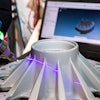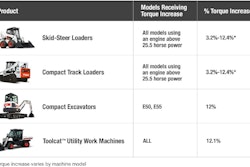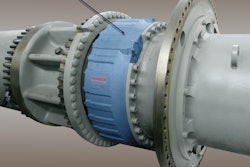SAKOR Technologies Inc., a recognized leader in the implementation of instrumentation products for dynamometer testing, announces that it won a highly competitive Small Company Innovation Program (SCIP) grant awarded by the Michigan Corporate Relations Network (MCRN), and will use the grant for research necessary to develop a thermal transient anemometer (TTA), a device used to measure airflow moving through a running vehicle. The research will be conducted in collaboration with Michigan State University’s (MSU) Turbulent Shear Flows Laboratory.
The TTA greatly enhances the ability to assess heat rejection, a major design consideration for all vehicles powered by internal combustion engines. SAKOR is working closely with MSU towards the ultimate goal of commercializing the technology and several major OEMs have already expressed interest. Featuring superior testing accuracy, speed and reliability compared to other available air flow measurement methods, like Kiel probes and vane anemometers, the new TTA helps ensure adequate heat rejection from the under-hood region of a new or revised vehicle design.
The SCIP grant provided one-to-one matching funds to support the collaborative research and development work on this cutting-edge technology. SAKOR is working with Dr. J.F. Foss, of Michigan State University’s Turbulent Shear Flows Laboratory, in the Department of Mechanical Engineering. “The alliance between SAKOR and the MSU Turbulent Shear Flows Laboratory leverages the university’s thermal flow knowledge with SAKOR’s experience in development and commercialization of innovative automotive testing equipment,” says Randal Beattie, President of SAKOR.
The TTA being developed has a slim profile, with a cell grid that fits easily behind the vehicle’s radiator, covering the entire air path so it can properly measure integrated air flow across the entire system, as well as flow through each segment. This can be used to selectively look at flows in different areas that correspond to vehicle components. After testing a vehicle with the TTA, designers can then use 3D modeling data to determine what might be causing any air flow blockages found. The new TTA device can be sized and configured to meet virtually any requirement.












